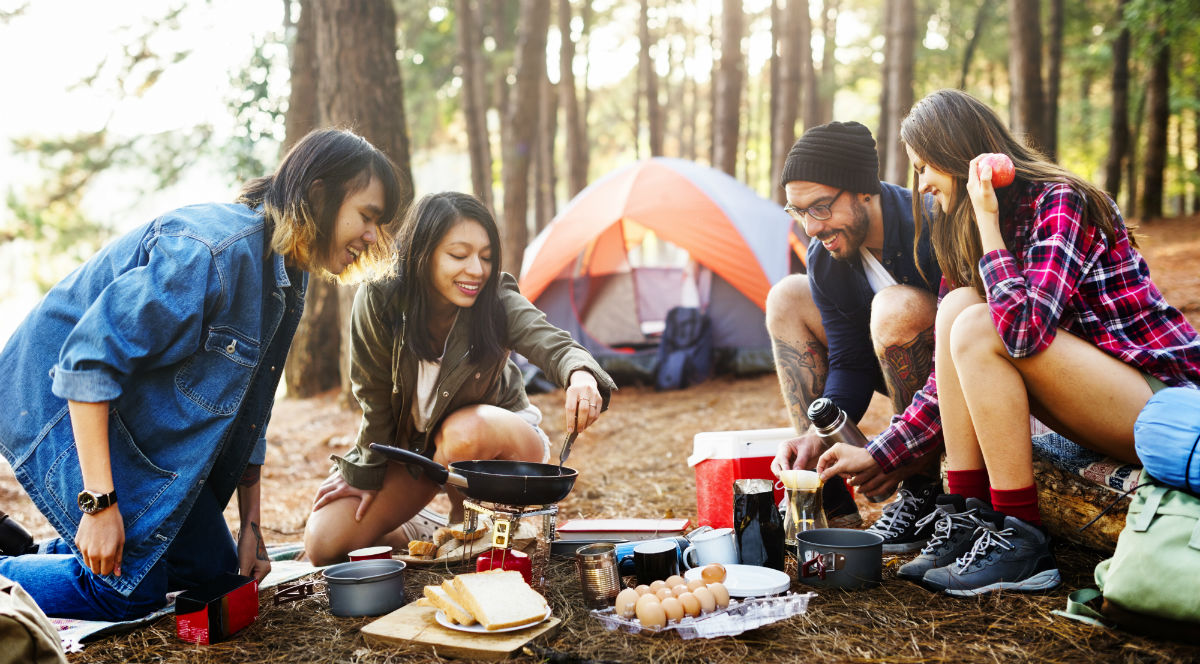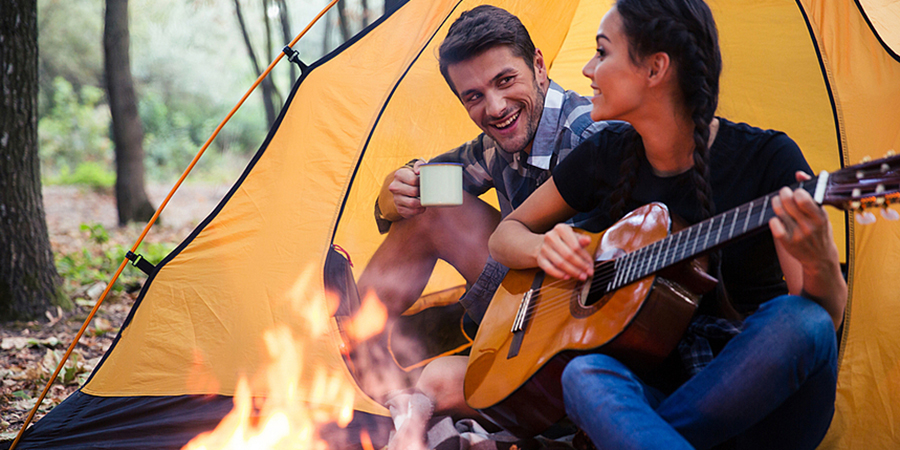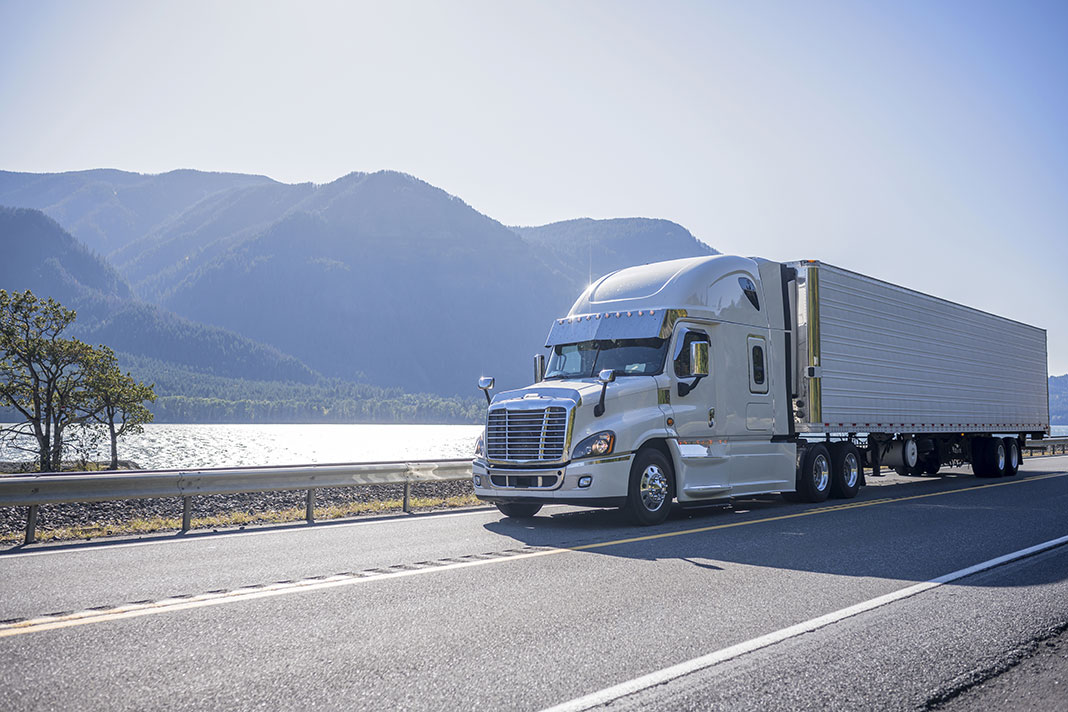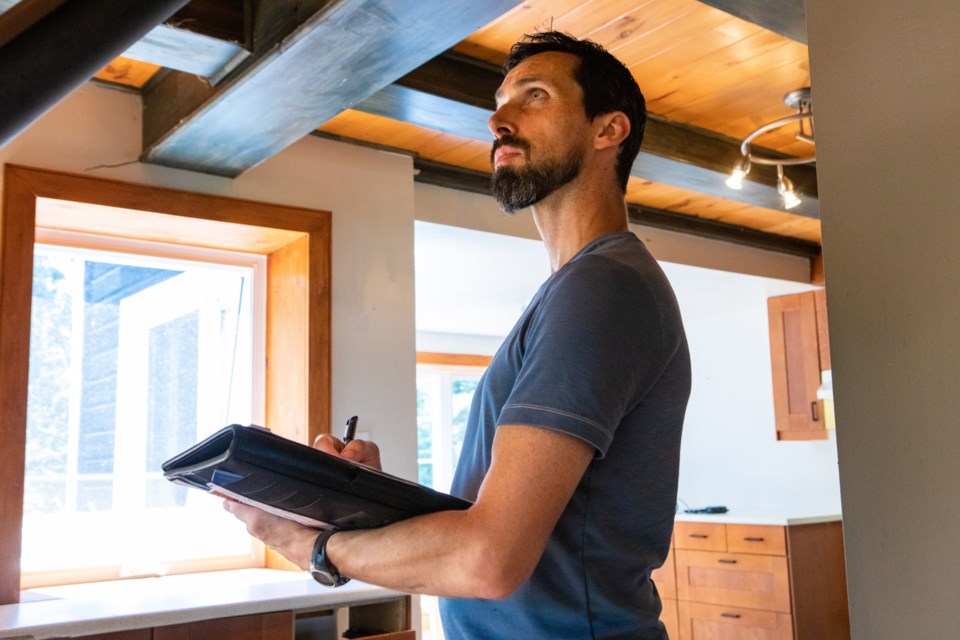
5 Essential Tips for Personal Safety While Camping in Remote Areas
June 8, 2022Camping in remote areas offers a thrilling escape from the hustle and bustle of everyday life, allowing you to reconnect with nature and find solace in its beauty. However, along with its allure, camping in remote locations comes with inherent risks and challenges. Ensuring your personal safety should be a top priority during these adventures. Whether you’re an experienced camper or a beginner, following these five essential tips will help you enjoy your wilderness experience to the fullest while staying safe.
Plan Thoroughly and Share Your Itinerary
Proper planning is the cornerstone of a safe camping trip. Research the area you intend to visit, including the terrain, weather conditions, wildlife, and any potential hazards. Familiarize yourself with local regulations and guidelines. Before setting out, inform a friend or family member about your plans, including your expected departure and return dates, camping location, and itinerary. This way, if something goes wrong, someone will know where to find you and when to raise the alarm.
Pack Wisely and Prepare for Emergencies
Packing the right gear can make all the difference in a remote camping scenario. Carry essential items like a first aid kit, a multi-tool, a reliable map and compass, extra food and water, a whistle, fire-starting equipment, and appropriate clothing for changing weather conditions. A satellite phone or emergency communication device can also be invaluable in areas with limited cell reception. Familiarize yourself with basic first aid procedures and wilderness survival skills before embarking on your trip. Buy tactical shotguns and pack these for security in emergency.
Choose Your Campsite Carefully
Selecting the right campsite significantly impacts your safety and overall camping experience. Opt for a site that is away from potential hazards like steep cliffs, flood-prone areas, or dead trees that could fall. Look for a flat, elevated area that is not in the direct path of water runoff. Be mindful of local wildlife habitats and avoid camping too close to them to prevent any unexpected encounters.
Practice Responsible Wildlife Interaction
Interacting with wildlife can be one of the highlights of a camping trip, but it’s crucial to do so responsibly. Research the types of animals that inhabit the area and learn how to properly respond if you encounter them. Keep a safe distance from animals, never feed them, and store your food securely to avoid attracting them to your campsite. Use bear-resistant containers or hang your food from a tree at a safe distance from your sleeping area.
Stay Weather Aware
Weather conditions in remote areas can change rapidly and dramatically. Check the weather forecast before you leave and keep an eye on the sky while you’re camping. Be prepared for temperature drops, rain, and even sudden storms. Pack appropriate clothing layers to stay warm and dry. If a storm is approaching, seek shelter in a sturdy structure if available, or find a low-lying area away from tall trees to minimize the risk of lightning strikes.
Conclusion:
Camping in remote areas offers a chance to disconnect from the modern world and immerse yourself in the tranquility of nature. However, this tranquility can quickly turn into danger if you neglect your personal safety. By planning meticulously, packing smartly, selecting your campsite wisely, respecting wildlife, and staying vigilant about weather changes, you can significantly enhance your safety while camping in the great outdoors. Remember that nature is both beautiful and unpredictable, and being prepared is the key to enjoying your adventure while minimizing risks.




:max_bytes(150000):strip_icc()/Web_1500-bri-lab-grown-diamonds-test-helzberg-hb1-jthompson-0577-8334ebf918474b3caac7697265ba6029.jpg)








